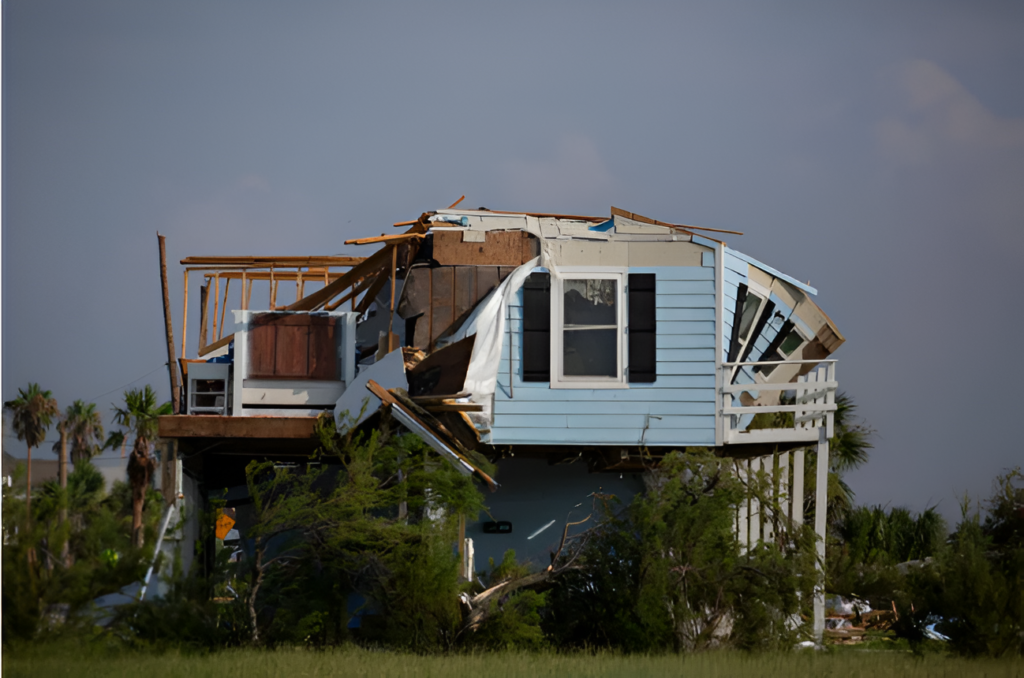
This year has seen one of the most active tornado seasons in recorded history in the U.S. Between January and June 2024, there were around 1,250 tornadoes, ranking third for the most tornadoes in that period, just behind 2011’s 1,398 and 2008’s 1,303, according to the National Oceanic and Atmospheric Administration (NOAA). Most recently, Hurricane Beryl set storm records in the Caribbean and caused a tornado outbreak across the South and northeastern U.S.
As the climate crisis intensifies, we are witnessing more extreme weather events, and tornado season has not been an exception. “Tornadoes are always a risk when it comes to intense storms,” said Deanne Criswell, FEMA Administrator. “We saw this with Hurricane Beryl, where the hurricane’s violent winds spawned tornadoes across the region.”
While tornadoes can strike at any time of the year, there are specific peak seasons depending on the region. The southern Plains typically see the highest frequency of tornadoes from May through early June, while the northern Plains and upper Midwest experience their peak from June to July, according to NOAA’s National Severe Storms Laboratory.
Recognizing the Warning Signs
Being prepared begins with knowing the signs of an approaching tornado. Key indicators include a rotating, funnel-shaped cloud, an oncoming cloud of debris, or the characteristic roar that sounds similar to a freight train, according to Ready.gov. Stay vigilant by monitoring weather updates, signing up for your community’s warning system, and utilizing emergency alert services such as the Emergency Alert System and NOAA Weather Radio.
Understanding Tornado Alerts
Different tornado alerts signal different levels of urgency:
- Tornado Watch: Tornadoes are possible in your area. Stay alert and be prepared to act if necessary.
- Tornado Warning: A tornado has been spotted or detected by radar. Take immediate action to protect yourself.
- Tornado Emergency: A violent tornado is in your area, posing a severe threat to life and property. Seek shelter immediately in the safest location possible.
Creating Your Tornado Preparedness Plan
Prepare yourself and your family for a potential tornado by assembling a basic disaster kit. This should include essentials such as water, non-perishable food, a battery-powered or hand-crank radio, flashlight, first aid kit, extra batteries, and a fully charged cell phone with backup chargers. The American Red Cross recommends keeping at least three days’ worth of supplies for a go-kit and at least two weeks’ worth for a stay-at-home kit.
Find Your Safe Space
Identifying a safe shelter location is critical. The best option is a designated safe room or storm shelter. If that’s not available, choose a small, interior room without windows or a basement in a sturdy building as your second-best option.
Practice Makes Perfect
To ensure everyone in your household knows what to do during an emergency, practice tornado drills. The American Red Cross suggests these drills to help you and your loved ones react swiftly when every second counts.
Know Your Risk
FEMA’s Criswell urges everyone to assess their tornado risk ahead of time. “Now is the best time to sit down with your family and make sure everyone is prepared for extreme weather.”
With tornado season in full swing, taking proactive steps to prepare can make all the difference in keeping your family safe when disaster strikes.
